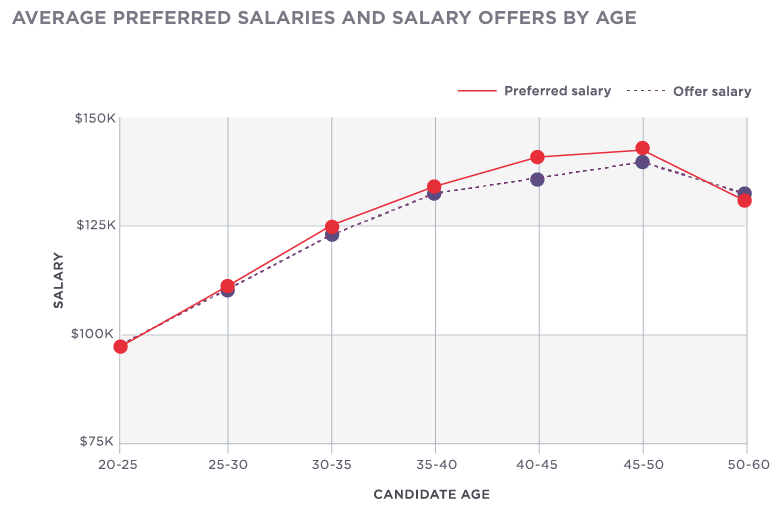Clearly by now if you’re in HR you’ve read this post by a former female engineer from Uber. It’s very detailed and sounds almost exactly like most companies in the world. No, not the part of ignoring sexual harassment, but almost every other part! Worker gets wronged. The company seems to do nothing. Worker gets more and more frustrated. The company loses patience with the worker. It always ends bad.
The former IT Engineer at Uber, Susan Fowler, left the company and on her way out she, figuratively, burned every bridge in sight with a scathing blog post about her experience!
From her post:
When I reported the situation, I was told by both HR and upper management that even though this was clearly sexual harassment and he was propositioning me, it was this man’s first offense, and that they wouldn’t feel comfortable giving him anything other than a warning and a stern talking-to. Upper management told me that he “was a high performer” (i.e. had stellar performance reviews from his superiors) and they wouldn’t feel comfortable punishing him for what was probably just an innocent mistake on his part.
I was then told that I had to make a choice: (i) I could either go and find another team and then never have to interact with this man again, or (ii) I could stay on the team, but I would have to understand that he would most likely give me a poor performance review when review time came around, and there was nothing they could do about that. I remarked that this didn’t seem like much of a choice, and that I wanted to stay on the team because I had significant expertise in the exact project that the team was struggling to complete (it was genuinely in the company’s best interest to have me on that team), but they told me the same thing again and again. One HR rep even explicitly told me that it wouldn’t be retaliation if I received a negative review later because I had been “given an option”. I tried to escalate the situation but got nowhere with either HR or with my own management chain (who continued to insist that they had given him a stern-talking to and didn’t want to ruin his career over his “first offense”).
Ouch, that’ll leave an organizational mark! Go read the post, there’s much more than this little bit.
I’m in HR so I realize a few things about this scenario:
- There are always, at least, two sides to every story. If what happened to Susan, actually happened as she wrote, shame on Uber. But, there are always two sides.
- Susan just happens to have launched a new book and is writing another. The timing on this couldn’t have been better to sell books. (that’s just the cynical HR guy in me).
- The former head of HR at Uber during Susan’s time there, Renee Atwood, left to go be the CHRO at Twitter after only 2 years. After seven months she then left that role at Twitter. This might speak to the lack of leadership at Uber in HR during Susan’s tenure, it might not, it’s just one piece of data. Prior to Uber and Twitter, Atwood had only held Director level roles at a giant banking company. Taking on the full show is a completely different monster, then a narrow hr director role in a giant organization.
So, the blogosphere is ripping Uber apart for being a bad organization. They might be right, maybe they’re awful. What I hear from reading Susan’s piece is a disgruntled employee that sounds like they were in a bad situation. In her post, one HR pro points out to her that the common denominator in all of this is Susan. Which she takes offense to, and if everything is as Susan says, rightly so.
I can’t get over how familiar all this sounds and feels, though. I’ve been the HR pro sitting across from a ‘Susan’. A ‘Susan’ who claims to have ‘evidence’ but really has nothing. Who claims to have witnesses, yet none come forward. Who claim some very, very bad stuff, yet, I found it not to be true, and some really solid people getting tarnished in the process.
Uber might really suck at HR and be awful people. I can’t tell that from one person’s story. I’m in HR, I need to see all the sides!
What do you think?

